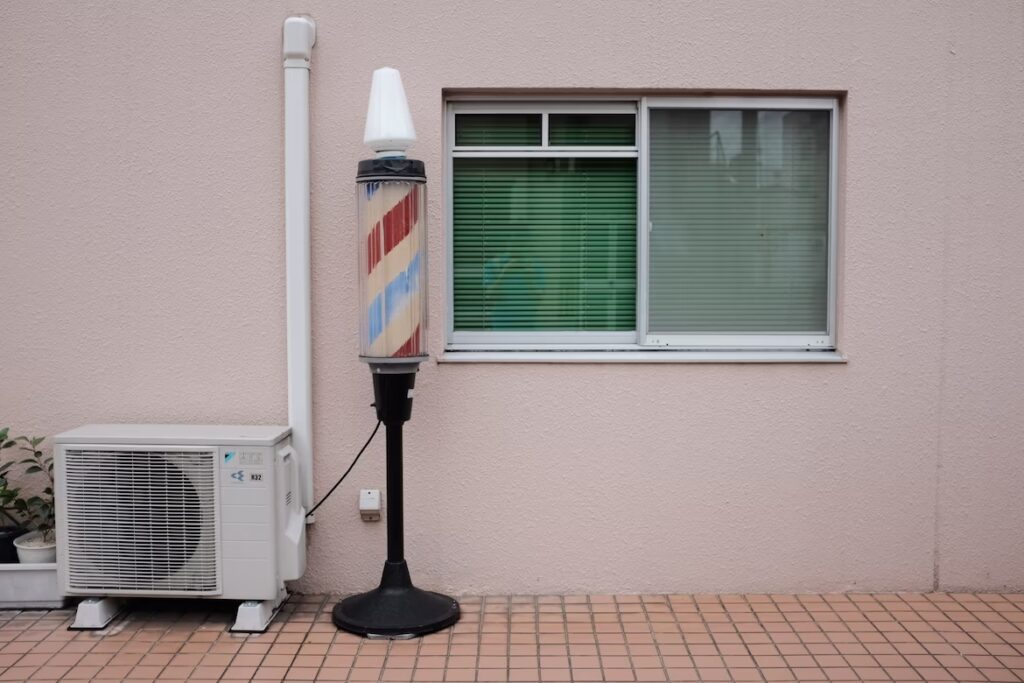Every air conditioning system needs regular maintenance to run efficiently. Without regular maintenance, your cooling system will not function properly — or words, it may break down. In this article, we’ll discuss the key components of air conditioning maintenance and how they work together to keep your home cool and comfortable.
Filters and Coils
Filters and coils are essential components of air conditioning maintenance. Cleaning or replacing filters regularly is a crucial step in keeping your system running efficiently, as clogged filters can reduce airflow and strain the motor. Therefore, we recommend checking them every month and cleaning or replacing them if needed.
Coils should also be checked often for dirt build-up, impeding their performance. It’s best to clean them with an approved coil cleaner and then rinse them off completely with water before letting them dry thoroughly. In addition, if any damage is observed on either filter or coils, they must be replaced immediately. This ensures optimal performance from your AC unit and keeps it functioning efficiently.
Refrigerant Levels
Another critical component is ensuring that refrigerant levels are optimal. To achieve this, a professional technician must check the refrigerant system and make sure all components function correctly. If there is insufficient refrigerant, it needs to be added back into the system. This can require a full refrigerant replacement depending on the age of the AC unit or if there has been a significant amount lost due to leakage.
To prevent potential problems with leaking refrigerants, technicians must employ leak detection techniques before adding more coolant to the system. Leaks can occur anywhere along the line, and they must be identified as soon as possible so that repairs can take place quickly without risking further damage being done. It is also important to ensure all connections between different parts of the cooling system are properly sealed so that no additional losses occur over time.
With proper care and attention given to each component of air conditioning maintenance, your AC unit will stay running smoothly for years to come.
Blower Components
The blower components are essential for effective and efficient air conditioning functioning. They include the fan, motor, capacitor, and belt. Here is a breakdown of these parts:
- Blower wheel
This component ensures that cooled or heated air is moved to different rooms in your home. It needs regular cleaning and lubrication to ensure proper operation.
- Motor bearings
The motor’s bearings should be inspected annually to check for wear and tear that could lead to an inefficient system if not replaced promptly.
- Fan belt
A loose fan belt can cause the blower wheel to wobble, resulting in vibration that affects airflow quality. Check every year for signs of fraying or cracking and replace as necessary.
- Motor Capacitor
When turned on, the capacitor helps start the motor by supplying enough power. If this becomes worn out due to age or overuse, it will need replacing to maintain optimal performance levels from your AC unit.
- Evaporator fan
The evaporator fan circulates cool air throughout your home while also removing moisture from the inside environment. It should be regularly inspected for dirt accumulation which can reduce its efficiency.
These five components work together to keep your air conditioning operating effectively and efficiently. Hence, they need yearly maintenance for reliable service throughout the hot summer months!
Condensate Drain System
The condensate drainage system is one of the most critical components of air conditioning maintenance. The drain pan, located beneath the evaporator coil, collects any moisture removed from the air and routes it away from the home.
It’s essential to regularly inspect this area of your AC system, as clogs or leaks in this section can lead to water damage inside a structure. This includes ensuring all connections are properly sealed and free of debris, checking the function of float switches, inspecting lines for blockages, and verifying that all other electrical connections are secure. Additionally, you should ensure there isn’t any corrosion on drain pans or tubing which could interfere with proper functioning.
Properly maintaining these areas will help prevent potential problems down the line and keep your AC running smoothly.
Electrical Connections
Electrical connections are an important part of air conditioning maintenance. It is essential to check the wiring for any signs of corrosion and ensure that all electrical components are securely connected. Circuit breakers and fuses should be inspected regularly to ensure proper operation. If a circuit breaker trips or a fuse blows more than once, it could point to a serious problem with your system’s electrical connections. It should be addressed by a professional technician as soon as possible.
All exposed electrical wires must be checked periodically for signs of wear or damage due to weathering or other environmental factors. Any loose connections should also be tightened up securely before use to prevent potential accidents or fires caused by faulty electrical wiring. With these measures taken care of, you can rest assured knowing that your air conditioner will remain safe and reliable throughout its lifetime.
Thermostat Settings
The first step to setting up the thermostat correctly is to select the right mode for your HVAC unit. Most often, this will be ‘Heat’ or ‘Cool.’ The second step is to adjust the fan speed to run efficiently while providing adequate cooling or heating. Lastly, you’ll want to set the desired temperature – typically around 68-78 degrees Fahrenheit (20-26 Celsius). To ensure maximum energy efficiency, avoid making large fluctuations between temperatures too quickly; instead, allow time for slow adjustments.
It’s important to remember that these are just general guidelines; depending on certain factors, such as local weather conditions and personal preferences, you may need to adjust accordingly. For example, suppose you live in a humid environment with high temperatures during the summer months. In that case, you may need to lower the temperature by several degrees to maintain comfort levels indoors. Ultimately, getting the most out of your air conditioner depends on how well you can manage its thermostat settings.

Conclusion
Each component of air conditioning maintenance is essential to keeping your AC running efficiently and effectively. Properly maintaining each one will ensure your system runs smoothly for years. By having regular inspections done by an experienced technician, you’ll be able to catch any potential problems before they become serious, saving you time and money in the long run.
At Tropic Air Conditioning, our experienced technicians offer AC routine checkups and maintenance, catering to residents seeking reliable air conditioning in Sarasota, to ensure optimal performance of your HVAC system. Contact us today.




